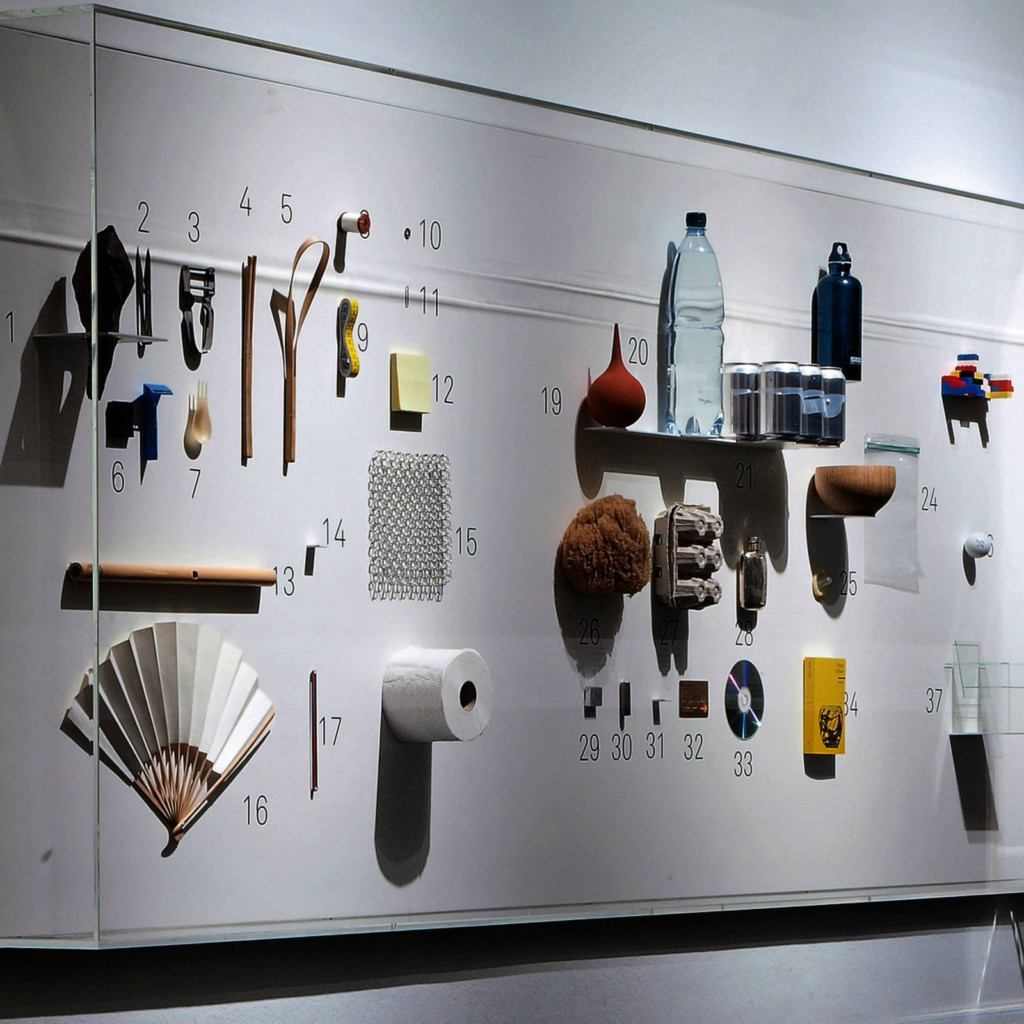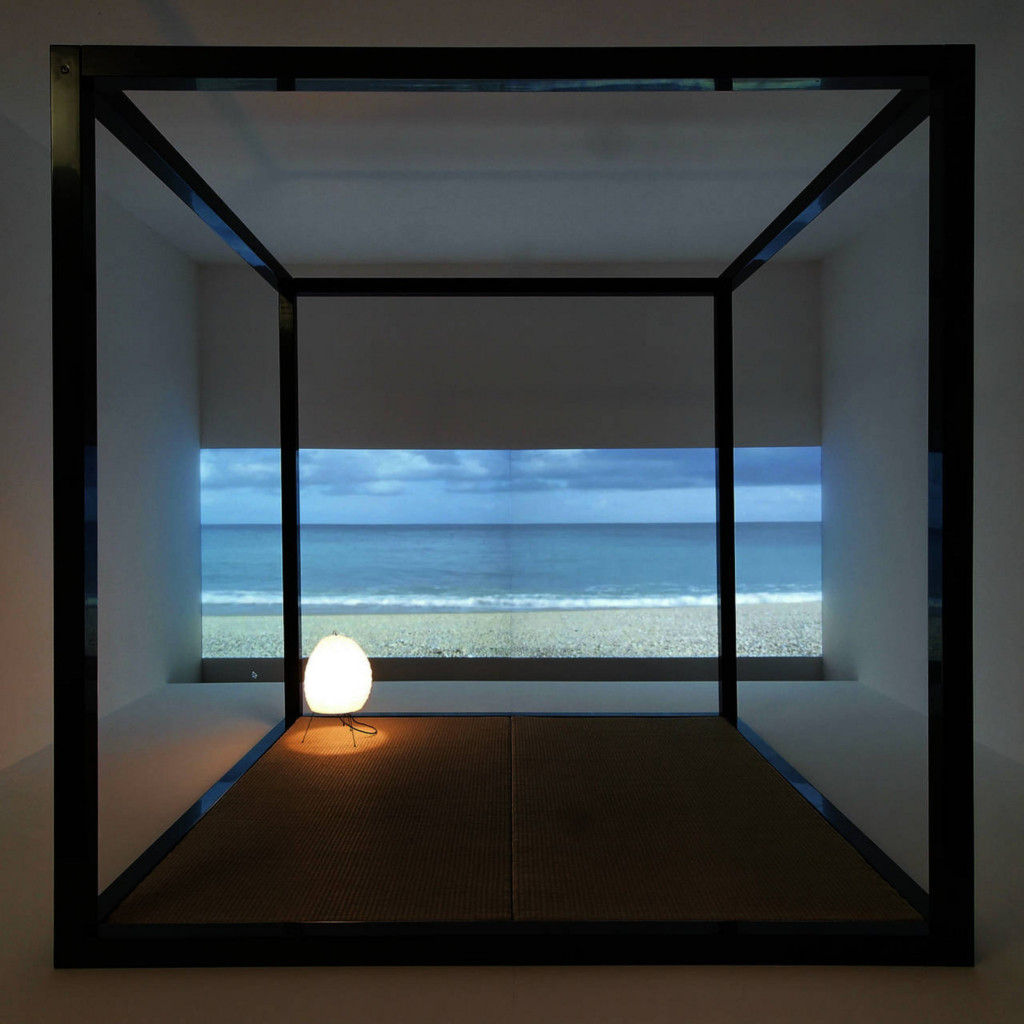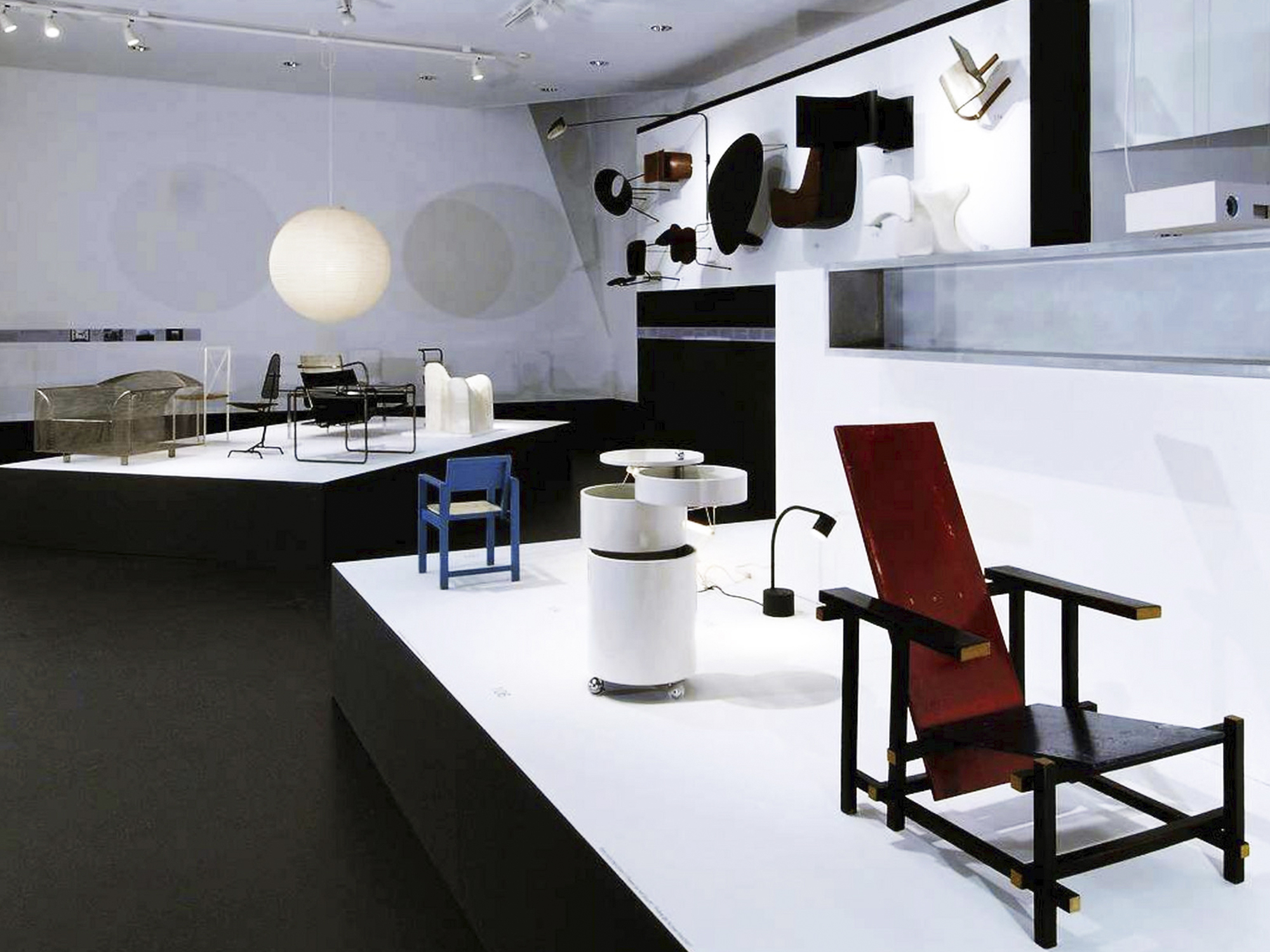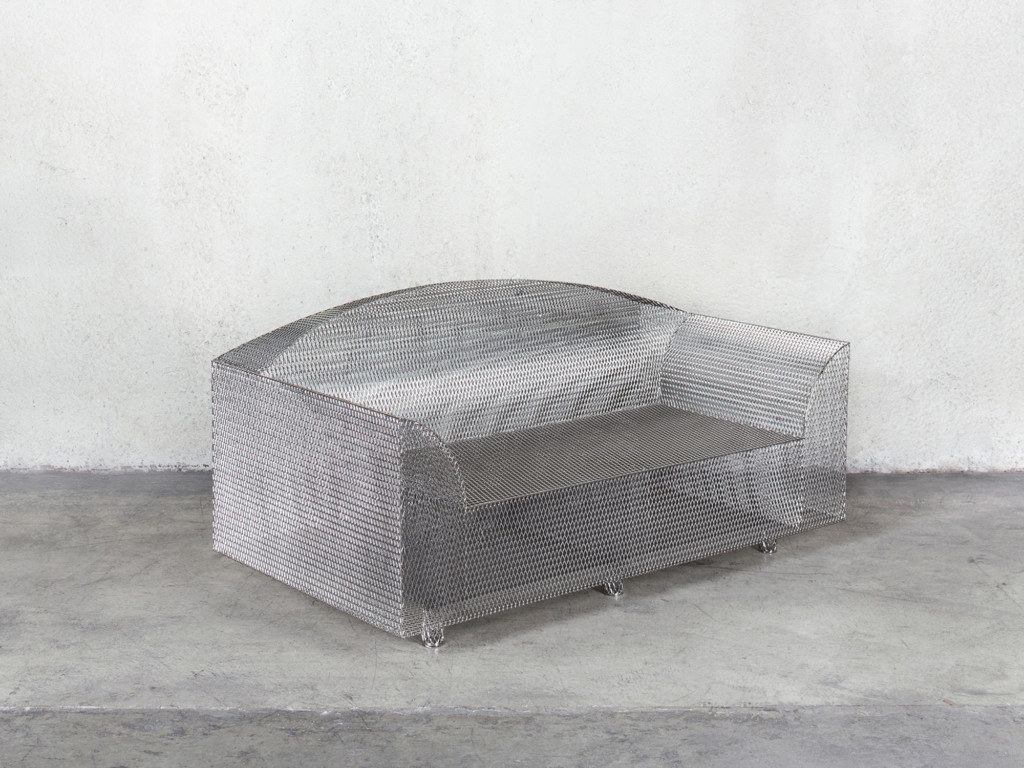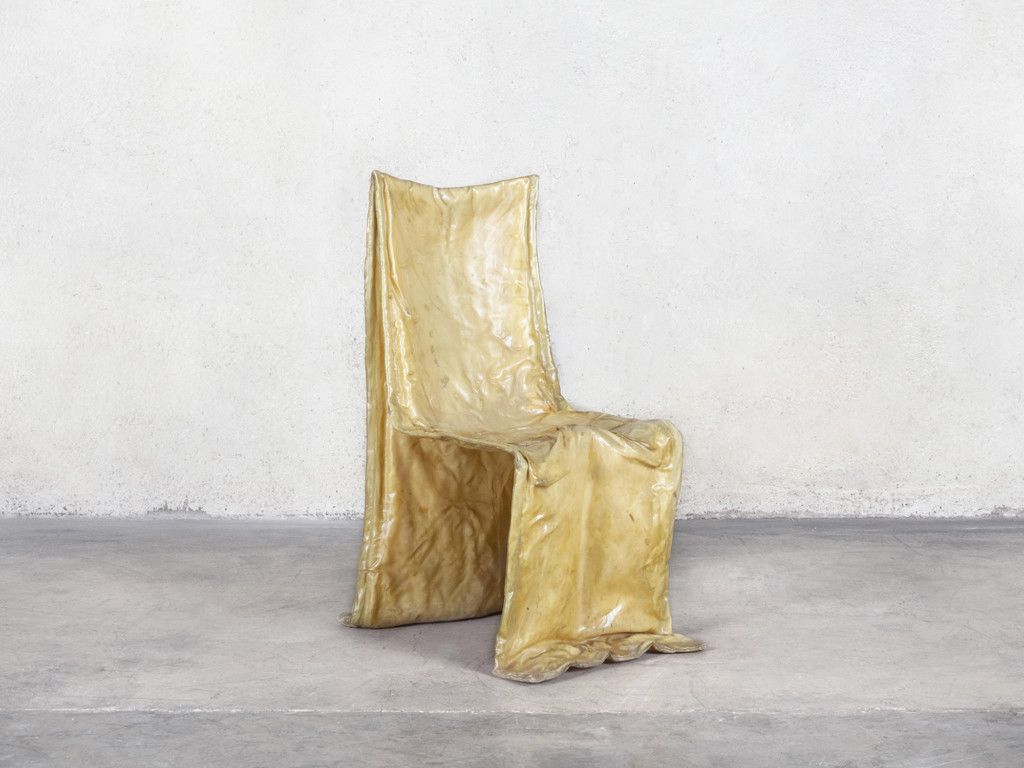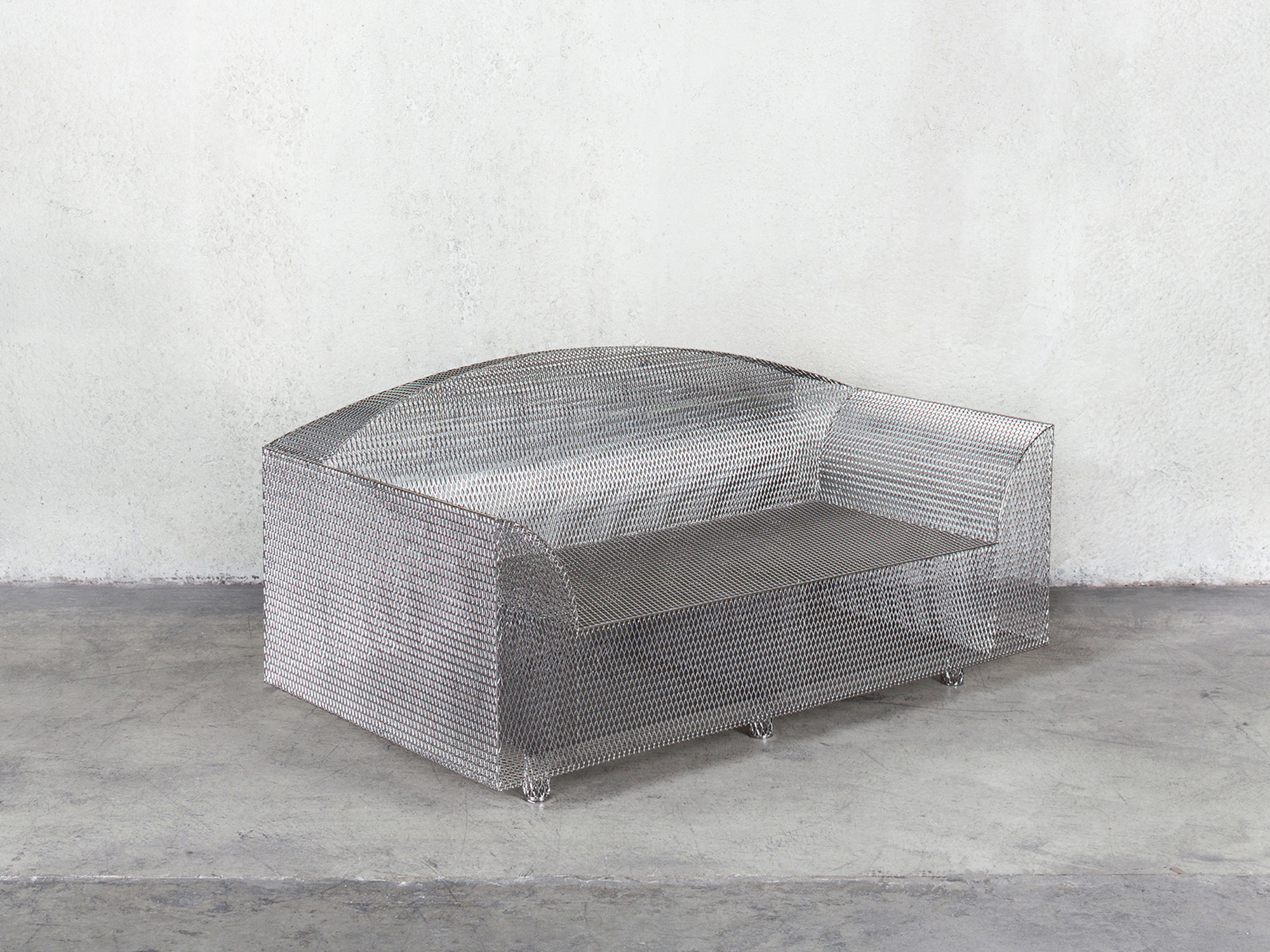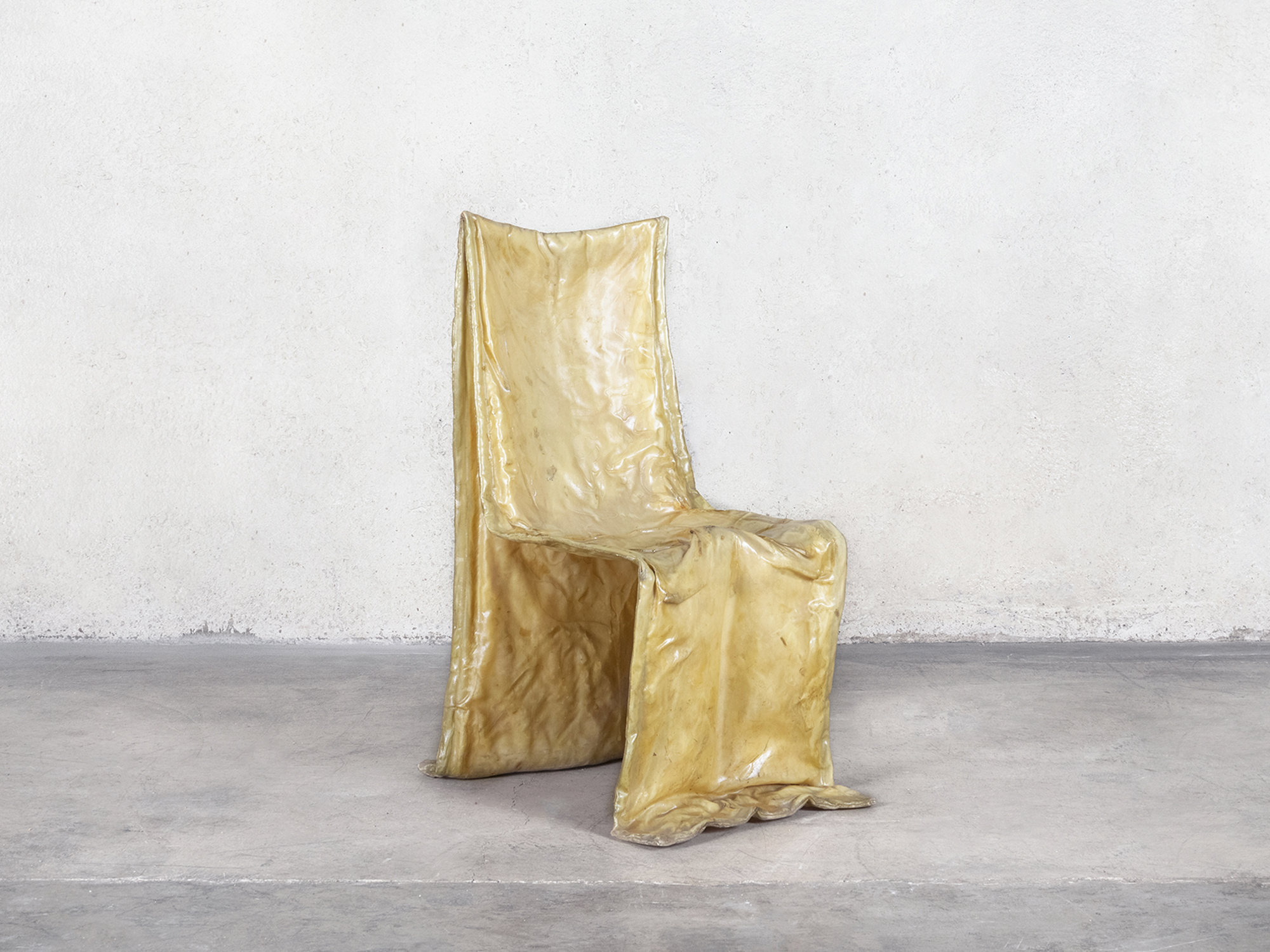Traveling exhibition:
New Orleans Museum of Art, New Orleans, LA (June 24 – September 11, 2016)
Grassi Museum, Leipzig, Germany (April 27 – September 16, 2012)
Design Museum, Gent, Belgium (July 08 – October 16, 2011)
Museum August Kestner, Hannover, Germany (March 09 – June 02, 2011)
Vitra Design Museums, Weil am Rhein (March 20 – September 19, 2010)
Against the background of the current economic and financial crisis, minimalism has seen a resurgence as a design buzzword. In most cases, what is meant is reduction, expressed as an interest in the minimum subsistence level and the demand for a new spirit of modesty. At heart, however, the discussion revolves around phenomena that have influenced design, and in particular industrial design, under varying premises since its incipiency: the decisive impetus for a reduced formal vocabulary provided by the rationality of mechanical production and the important impulses received early on from examples of Japanese aesthetics as well as from its dialogue with abstract art.
While the introduction asserts a nearly universal desire of our intellect for the simplest possible solution, the exhibition subsequently seeks to identify the motifs, motivations and strategies of reduction in design. In so doing, it concentrates the tremendous breadth of the theme on tendencies in furniture design as a proxy for everyday culture and as an expression of our attitude toward the world. Various aspects of manufacture, function and form and finally ethical perspectives are presented. In addition, numerous accompanying exhibits combined with a wealth of images suggest the transfer to other areas of design.
The exhibition documents how a restriction to the essential can be a response to economic needs as well as to elite and intellectually laden standards. It demonstrates the parameters and strategies of industrial design but also describes the exemplary function of such designs in which high-quality materials are subjected to meticulous processing. In the simplification and concentration of things, which is one of the key messages of this exhibition, special attention is paid to each and every detail.
The exhibited objects include some 70 furniture pieces and working models of furnishings, 15 lighting objects, a film by Charles and Ray Eames and an architectural model of their home and studio, a prototype of the Citroen 2CV, the Ceremony Space designed by Toshiyuki Kita, 16 reproduced posters as well as about 70 smaller articles of daily use.
The exhibition rooms contain four large-format slide projections with many sample images from the disciplines of graphic design, photography, painting, sculpture, architecture, landscape architecture, product design, fashion, food design, stage design and technology. In addition, quotations printed on the walls reference key concepts of prominent designers.
All twelve object groups following the prologue are accompanied by short introductory texts as well as illustrated additional texts. This documentation is condensed in the form of a narrow band on the walls of the exhibition rooms. A leaflet handed out to visitors contains all the technical explanations and background information on the exhibits.
